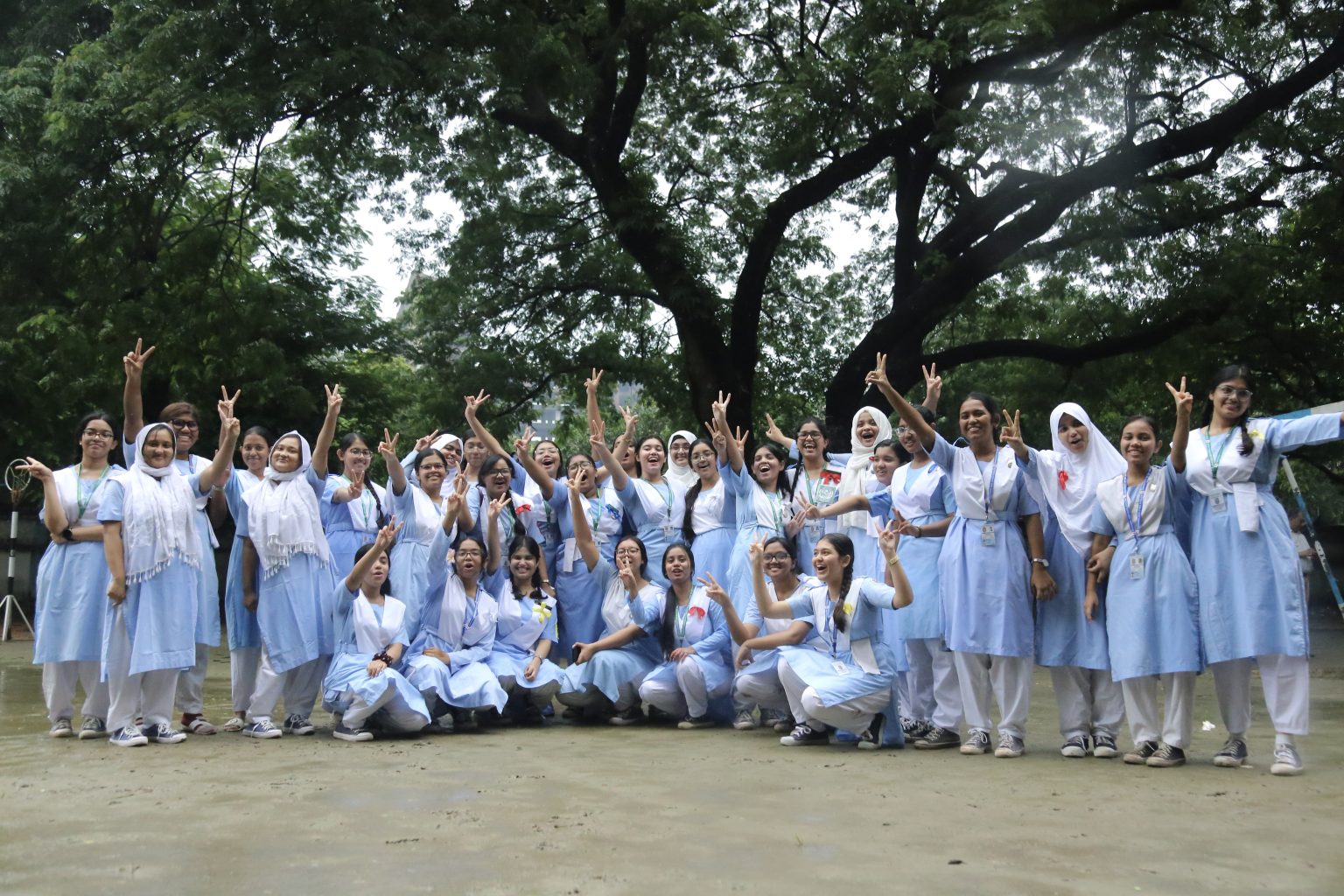The recent Secondary School Certificate (SSC) examination results in Bangladesh, with a pass rate plummeting to 68.45%—the lowest in 17 years—have sparked widespread concern about the state of the country’s education system.
This sharp decline from the previous year’s 83.04% pass rate, coupled with a significant drop in GPA-5 achievers (from 182,129 to 139,032), serves as a stark wake-up call. It exposes not only the underlying weaknesses in the education system but also the artificial inflation of academic performance in previous years, which masked systemic issues. The results reveal a troubling reality: the education system is failing a significant portion of its students.
Across all nine general education boards, the pass rate dropped to 68.04%, with 600,660 students failing to pass. The Dhaka Education Board, for instance, saw its pass rate fall from 89.32% in 2024 to 67.51% in 2025, while the Jashore Board, previously a high performer, declined from 92.33% to 73.69%. Alarmingly, 134 schools have recorded a zero pass rate. This stands in stark contrast to the 984 institutions that achieved a 100% pass rate, down from 2,968 the previous year. These figures indicate a systemic issue that transcends individual student performance or isolated institutional failures.
Experts point to multiple factors such as the recent student movements, and socio-economic challenges as contributors. The critical shift in government policy: the move away from artificially inflating results to boost public perception of educational success also has a role. For years, high pass rates and GPA-5 numbers were celebrated as indicators of progress, but the 2025 results suggest these metrics were misleading, creating a false narrative of academic excellence.
The previous government’s policy of inflating SSC and Higher Secondary Certificate (HSC) results to project educational success significantly masked the true state of learning outcomes. High pass rates and an increasing number of GPA-5 achievers were used politically to demonstrate progress. However, this focus on quantity over quality has had detrimental effects. The obsession with inflated results fostered a toxic culture of competition, contributing to academic pressure and, in extreme cases, student suicides.
This artificial enhancement of performance obscured critical deficiencies in the education system. Students from classes six through ten often faced disruptions in regular classroom learning due to political unrest, natural disasters, or, more recently, the COVID-19 pandemic. The academic, social, and psychological impacts of these disruptions have compounded over time, leaving students ill-prepared for rigorous evaluations. The 2025 SSC results, which reflect a fairer and more transparent evaluation process, expose the reality of declining educational standards that were previously hidden by manipulated metrics.
The SSC result crisis is not an isolated incident but a manifestation of long-standing systemic issues within Bangladesh’s education system. Several key challenges have contributed to the plummeting standards.
Frequent academic disruptions have significantly hampered student preparation. The July uprising and the shift to online learning during the pandemic further exacerbated inequalities, as many students, particularly in rural areas, lacked access to digital resources. The digital divide remains a significant barrier to equitable education.
The curriculum has also come under criticism for prioritizing rote memorization over critical thinking and practical skills. This outdated approach leaves students unprepared for real-world challenges and contributes to poor performance under more rigorous assessment systems. Additionally, many teachers lack proper training and rely on antiquated teaching methods, further undermining effective learning.
Socio-economic barriers such as poverty, limited parental support, and inadequate infrastructure in many schools, especially in rural areas, continue to hinder student success. The 134 schools with zero pass rates are likely under-resourced, highlighting disparities in both educational access and quality.
The culture of intense academic competition, fueled by the chase for high grades, has taken a significant toll on students’ mental health. The artificially inflated results of the past created unrealistic expectations, leading to widespread stress and, in some tragic cases, student suicides.
The 2025 SSC results should be seen as a critical wake-up call for stakeholders across the education sector. The decline in pass rates, though alarming, presents an opportunity to confront the truth and initiate meaningful reform. Rather than chasing inflated statistics, the focus must shift to improving learning outcomes and safeguarding the academic and psychological well-being of students.
Several key areas for reform must be prioritized. The curriculum should be overhauled to emphasize critical thinking, problem-solving, and practical skills over rote learning, ensuring students are better prepared for higher education and the workforce. Teacher training must be improved through investment in professional development, enabling educators to adopt modern pedagogical approaches and create inclusive learning environments.


